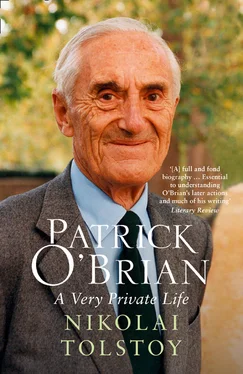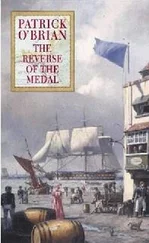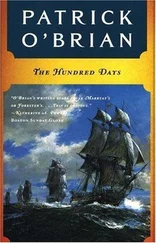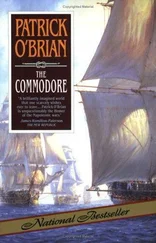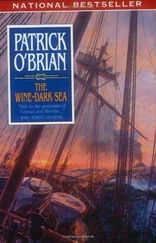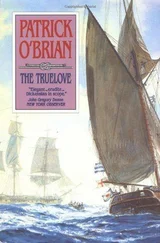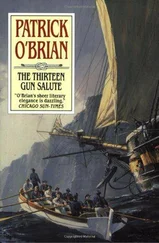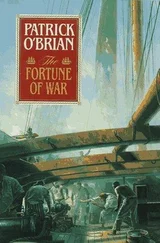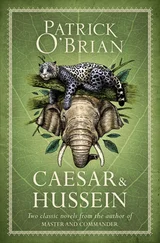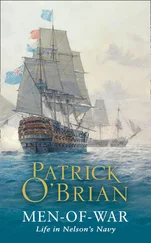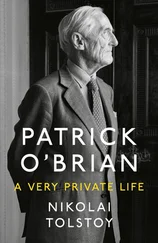Daniel Defoe, Robinson Crusoe
After more than three years’ stressful poverty in their little flat in Collioure, early in 1953 Patrick and my mother found their financial situation greatly improved by the warm reception his publishers accorded The Catalans . Since it had been submitted complete, substantial advances of $750 from Harcourt Brace in the States, and £100 from Hart-Davis in England, arrived at the beginning of the year.
Reviews proved encouraging. As a biographer I am primarily concerned with autobiographical aspects of the novel, but as a literary achievement it has gained high esteem. In 1991 the American novelist Stephen Becker wrote to Patrick:
I never told you how I enjoyed meeting an early (if older) version of Stephen [Maturin] in Alain Roig – and allow me to state that I found The Catalans not only first-rate but wise and moving … It is spacious and rich, and all of life is there – land and sea and sky, arts and sciences, food and drink, body and mind and spirit.
Constricted living conditions and the incessant cacophony of the narrow rue Arago had for some time made the couple long for a refuge in the countryside. Attempts to buy or build in Andorra had been frustrated, and despite encouraging praise for Patrick’s latest novel, their income remained too unpredictable to accumulate any capital of substance.
However, these unexpectedly large advances had at least enabled them to buy a car, which afforded means of escape from their stiflingly constrained existence. In the New Year, they found themselves in a position to fulfil this dream. They bought their little deux chevaux in Perpignan, which filled them with delight. Patrick noted that the number-plate included an M for Mary, and my mother ecstatically confided to her diary: ‘Car dépasses all our expectations in every way.’ Kind Tante Alice, the butcher, let them use her abattoir for a garage, and that day they drove the car up to the rim of the castle glacis, where it was formally photographed. Proud Buddug perched inside, no doubt foreseeing further camping expeditions.
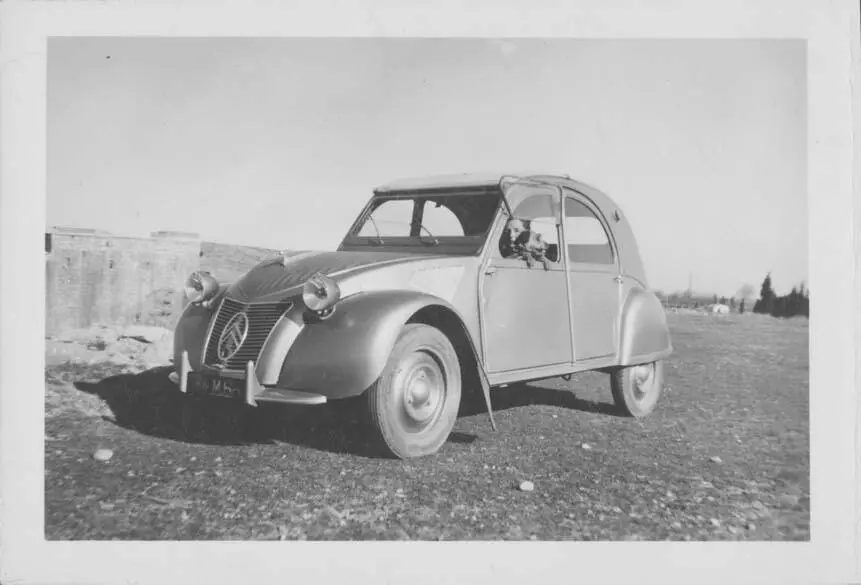
The deux chevaux
If so, she was right. After a couple of days spent motoring happily around the neighbourhood, the three of them set forth on their long-deferred major expedition around the Iberian peninsula. On 21 January 1953 they drove over the Pyrenees by the pass at Le Perthus, arriving in Valencia two days later. Patrick was concerned that precious memories of a journey from which he hoped to profit might fade, and began keeping a detailed journal.
The moment they entered Spain, they were confronted by the homely ways of that then picturesque land, when solicitous customs officers asked them to take a stranded woman with them as far as Figueras. At Tarragona, Patrick was delighted by the prospect of the cathedral by night: ‘It was very much bigger than I had expected, and far nobler. Wonderful dramatic inner courts all lit by dim lanterns – bold low arches – theatrical staircases.’
He experienced an uncanny sensation, which was not new to him: ‘But I had, probably quite unnecessarily, the disagreeable impression of being stared at.’ This persistent fancy conceivably originated in his troubled childhood, when he never knew when the next thunderbolt might strike, whether from his moody father, or one of a succession of harsh governesses.
They took photographs with their new camera, of which I retain the negatives. Unfortunately, health problems continued to dog them. My mother suffered from a stomach complaint causing loss of appetite, and Patrick painfully twisted his ankle while photographing the Roman aqueduct.
The car, however, proved a sterling success: ‘A 2 CV. is certainly the car for Spain. Quite often the roads are fairly good (or have been so far) and then they suddenly degenerate into the most appalling pot-holed tracks as they pass through villages: there was one hole this afternoon that must have been a foot deep.’
In Tortosa, their progress was impeded by a ‘shocking assembly of carts: tiny donkey carts; carts drawn by one or two mules tandem – even three or one horse and a donkey in front: carts with barrels slung deep, carts with hoods and bodies made of wickerwork and carpet, all milling slowly about Tortosa.’
Nor did the Guardia Civil please Patrick: ‘nasty, impudent, overdressed, over-armed fellows, with a tin-god expression all over their faces’. However, as Patrick tended to view the British police with almost comparable distaste, his disparagement need perhaps not be taken over-literally. In any case, before long he encountered cause to moderate his view: ‘The Guardia Civil are strange souls: one whom we asked the way grew excited: he had the appearance of a man about to have a fit. Others seem normal enough, and even cheerful.’
Although largely apolitical by nature, Patrick, like many young people in the Thirties, had nurtured sympathy for the Republican cause in the Spanish Civil War, and corresponding distaste for the regime of General Franco. While he never altered this view, he was frequently obliged to adjust his condemnation of the regime to the languid realities of everyday life in contemporary Spain.
He was greatly intrigued by remarkable contrasts with France, which struck them at almost every turn of their exploration. It used to be said that ‘Europe stops at the Pyrenees’, a dramatic contrast which both frustrated and intrigued Patrick:
I have not mentioned the countryside at all. There hardly is any, properly speaking. The country and the village are English inventions. Here there are plantations, barren stretches, small towns. There is something wrong with it all. I wish I could put my finger on it. The little towns and their inhabitants are shockingly rude, hard and brutal.
At the same time, Patrick admired the ‘vast plantations of olives (magnificent ancient trees on pink and grey soil) and carobs, and there are charming orange groves – much lower bushes than I had expected, much closer together and carrying twenty times as much fruit – as well as patches of good-looking plough.’
The people likewise appeared to belong to a distinct, all but timeless world. Stephen Maturin’s Catalan homeland would not be difficult to evoke, after glimpsing such vignettes as when they encountered ‘between Tortosa and Vinaróz the two old tall men in blue knee breeches, one smoking a pipe, with a black handkerchief round his head and white stockings, the other in blue stockings: Catalan espadrilles worn as far as here … gipsies, barefoot, with long gold earrings.’
Continuing southwards, it became apparent how few houses in the country possessed piped water: ‘We have found the reason for the amphorae. They are for taking water to houses, and they have no bottoms because they never stand up – always in baskets or stands. A terrible number of houses have no water. There is a cart with a barrel and a great many cruches: that is the mains.’
At Sorbas they came upon a community apparently living in caves tunnelled out of the soft rock. It being Sunday, thousands of them were moving along the road in their best clothes, ‘girls (some of them) with flowers in their hair, a young man bicycling with a guitar’.
Undisguised curiosity evinced by crowds in the town at the strangers’ arrival in their midst predictably angered Patrick, but the kingdom of Granada delighted him, with its exotic Moorish castles and ‘charming little red houses with red tiled roofs’.
Patrick’s childhood fascination with the exploration of exotic lands was constantly gratified. Arrived at the summit of a pass south of Valencia, ‘we could see an enormous moon-like country bare light green-gray rock in dusty white soil, jagged, arbitrary mountains in all directions, and below us a deep valley, terraced in swirling curves.’
Читать дальше
